
The Winter 1989 issue featured an 8 page (!) article on prewar American Flyer stations (96, 104, and 237). This comprehensive article included variation charts for each of the versions, photos of the different bases, catalog art, and more. It’s a great reminder that CTT has been the authority for toy train history for more […]
Read More…
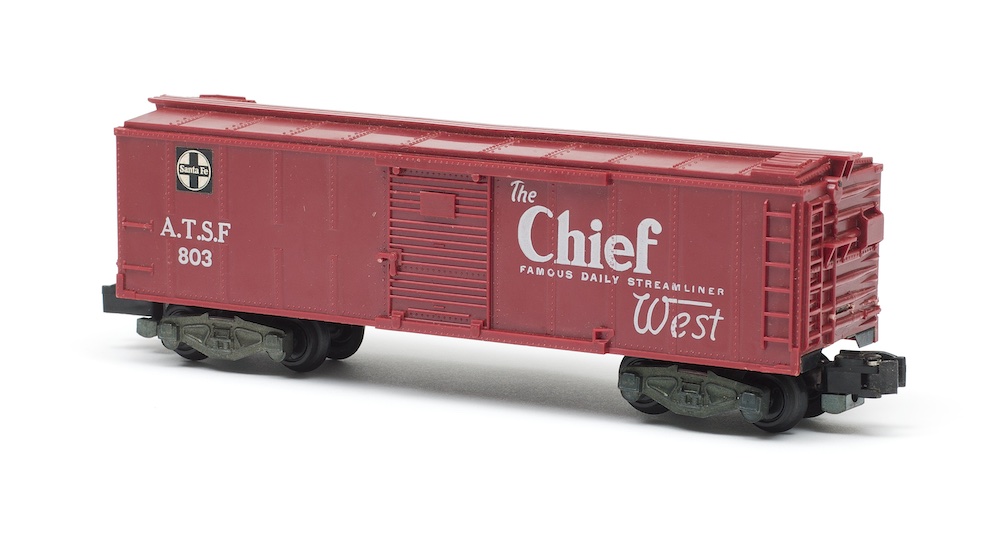
Do you have any suggestions for easily and safely removing the pins that hold the plastic body shell on various American Flyer freight and passenger cars from the postwar era? Using a pair of pliers has not worked. — Robert Lawrence You have to wedge a screwdriver or another tool between the body shell and […]
Read More…
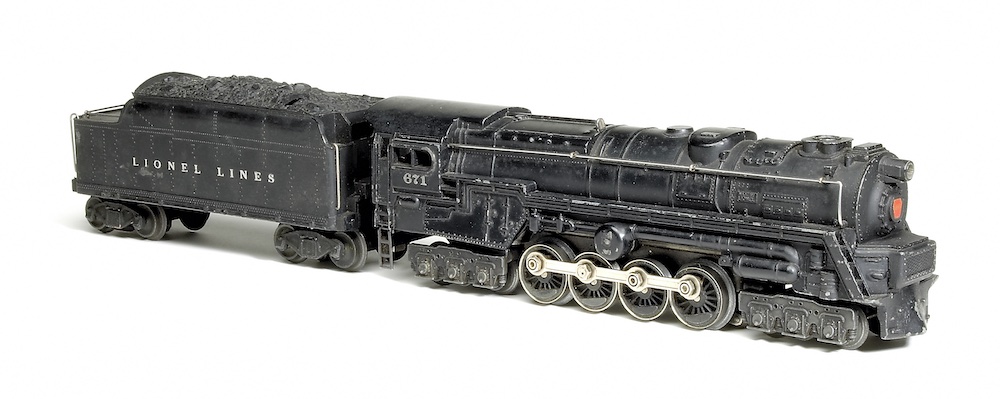
Lionel’s No. 671 Pennsylvania RR S2 steam turbine is one of the classic O gauge locomotives of the postwar era. Lionel released it for the first full product line of the post-World War II era in 1946. But the brilliant minds in the Engineering Department at Lionel were almost certainly taking their first steps in […]
Read More…
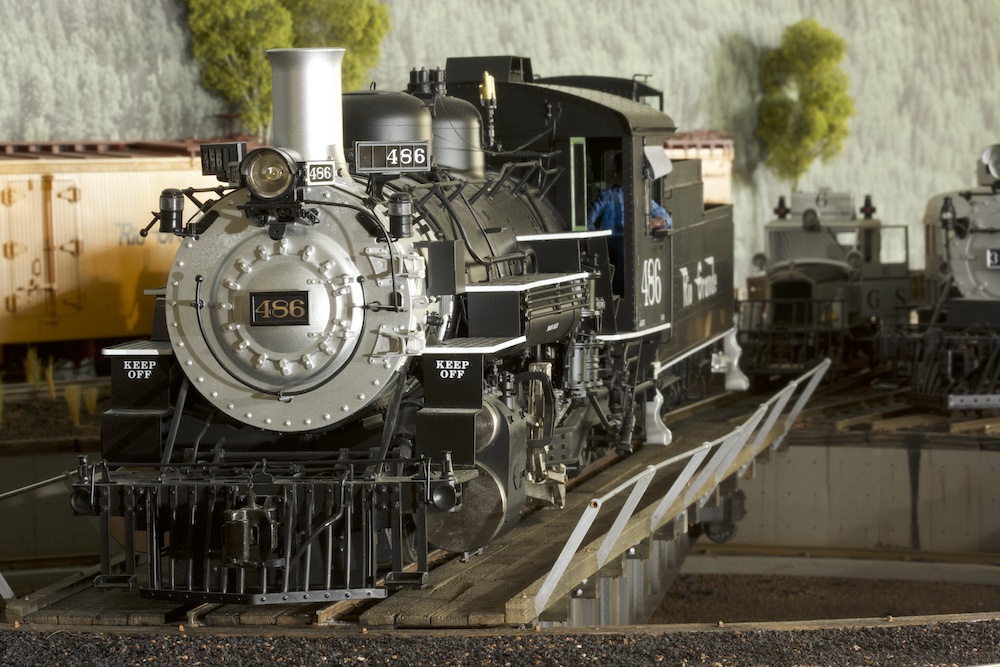
Steam locomotive manufacturers and aftermarket sound companies have come a long way in producing realistic sound, to a point. These systems usually have a single speaker mounted face down in the floor of the tender. Projecting sound downward and bouncing it off the track and ballast results in heightened bass and low definition between the […]
Read More…

A question many readers want an answer to is how to color bricks. Structures have been built with brick for millennia and material was very popular from the start of the industrial revolution through the advent of structural steel and reinforced concrete construction. Most railroads will pass by and serve multiple brick-built factories and warehouses, […]
Read More…
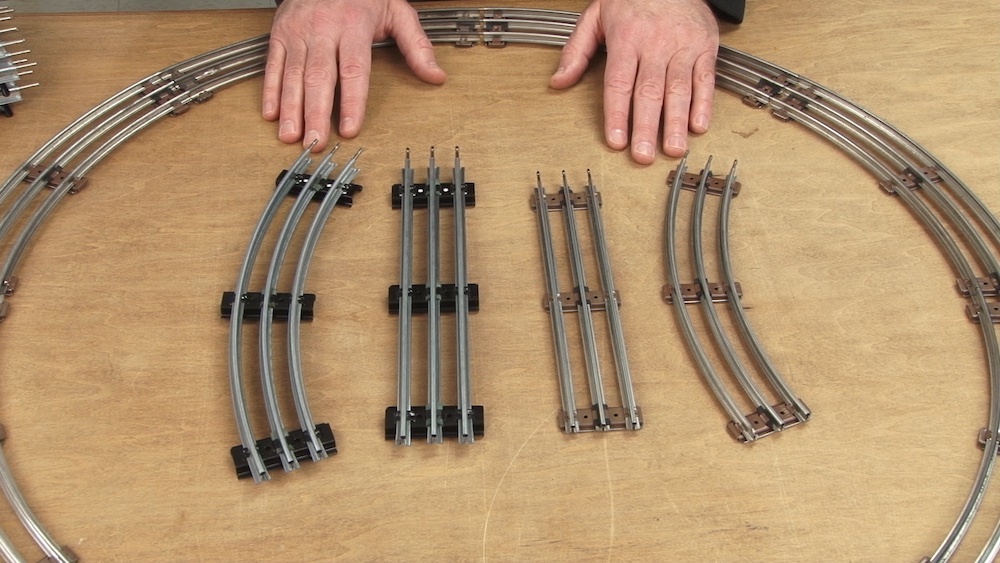
I recently took out my old toy trains that have been packed away for about 25 years. The tubular track sections that were brand new back then now have black marks on them. How do I clean them and get them usable again? — Joe Rampe If it’s just dry corrosion, a Scotch-Brite pad will […]
Read More…
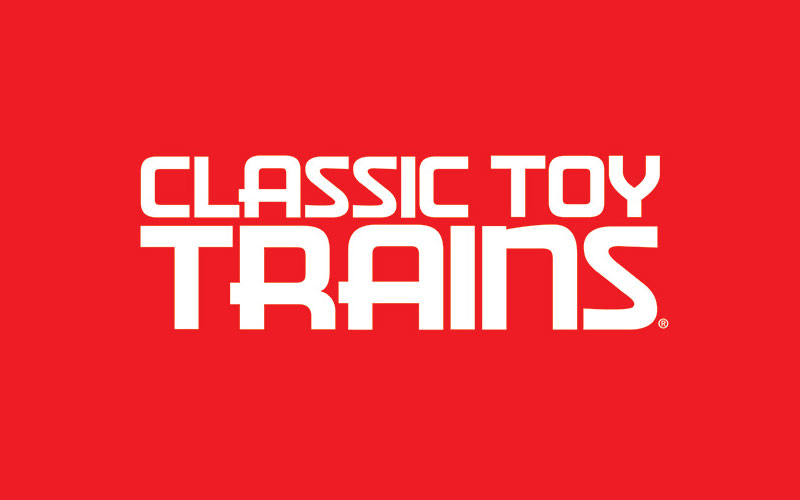
Are you aware of any kind of commercial device that can prevent Lionel and MTH trains from running in reverse? Whenever any of my young grandchildren try to run a freight train in reverse, the cars inevitably derail and ruin our fun. This is an interesting problem to have! I can’t think of any device […]
Read More…
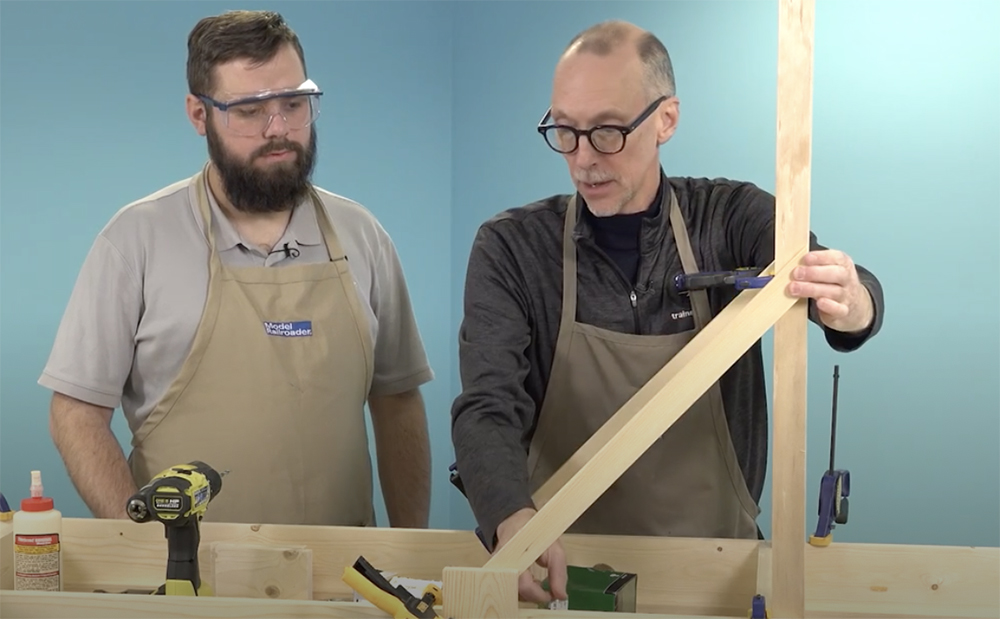
Once we had the L-girders built, it was time to turn our attention to adding the legs and support bracing for the layout. We constructed the legs as simple subassemblies with their own cross bracing. It all bolts to the L-girder frames using ¼” carriage bolts, wing nuts, and washers. We used more dimensional lumber […]
Read More…
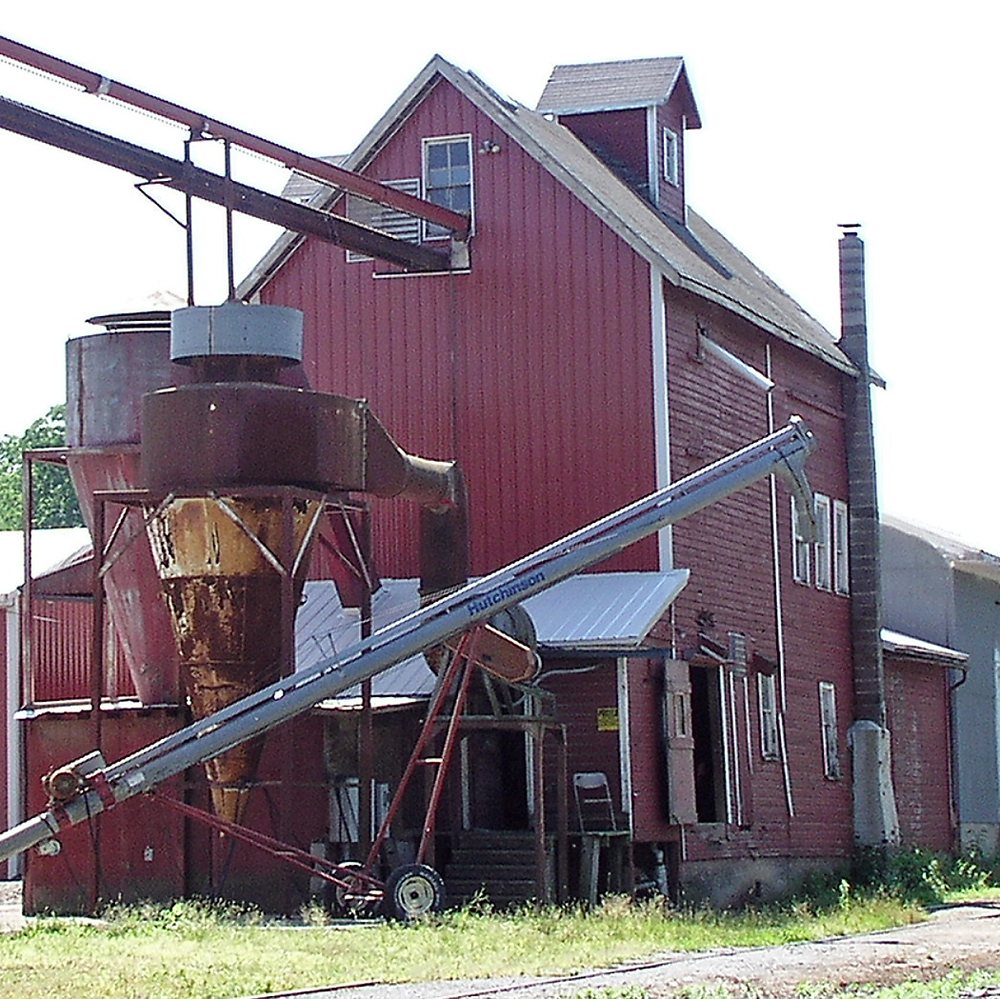
Q: In your special issue Best of Industries, Harold W. Russell wrote about the R.B. Crowell & Son Grain Co. He stated that the rail-served industry received grain in bulk loads, but in the photos and drawings it seems to me that they would ship grain instead of receiving it. What are your thoughts? — […]
Read More…
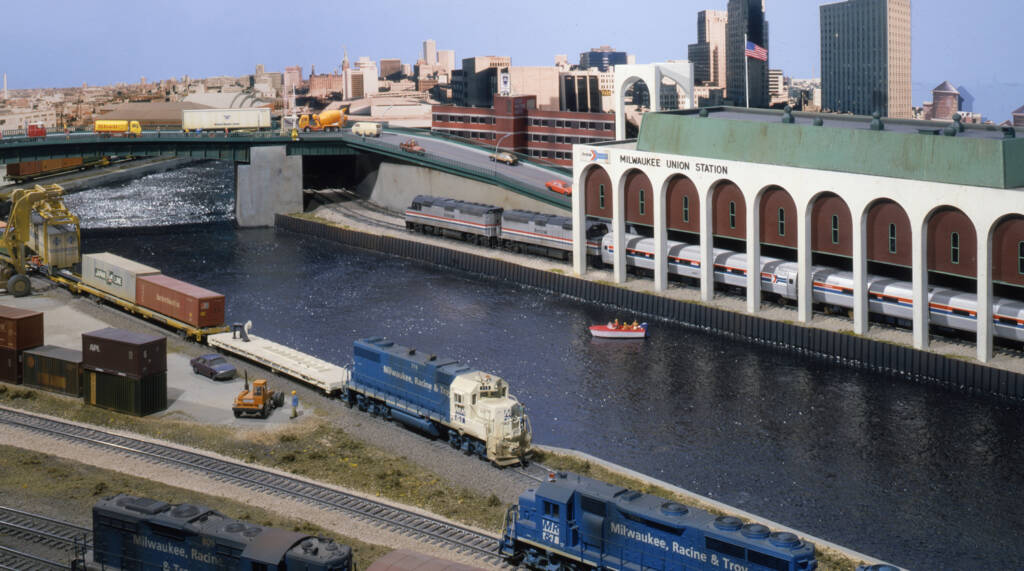
Over the first dozen or so years of of its existence, the original HO scale Milwaukee, Racine & Troy underwent many changes. Among these was the installation of a freestanding backdrop on the downtown Milwaukee section, which resulted in the scenic challenge shown below. Already in place was the Port Marquette Yard, the MR&T’s eastern […]
Read More…
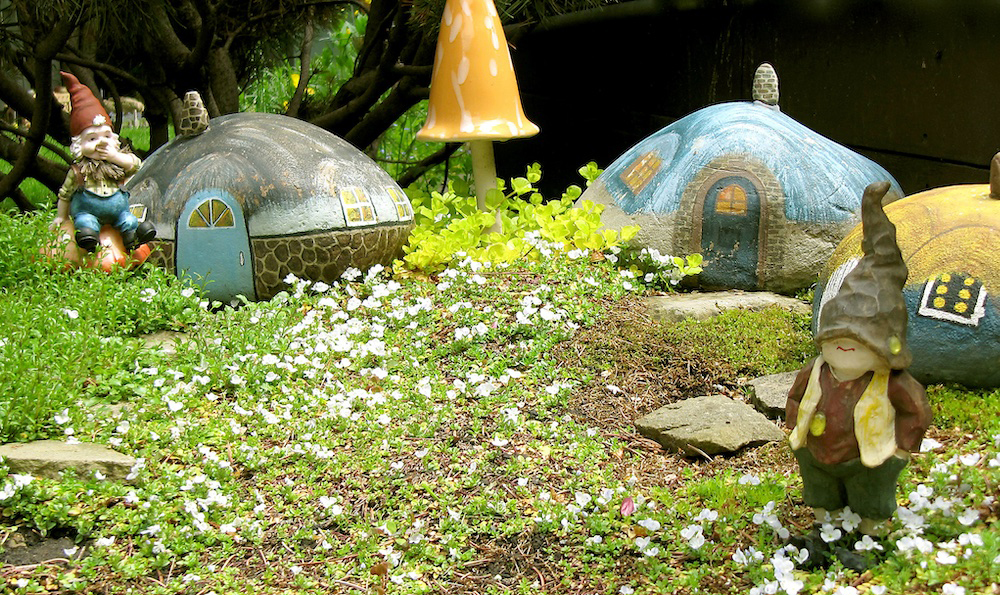
Common name: Creeping speedwell Latin name: Veronica repens Plant type: Groundcover Plant size: 1″ high, spreading 6-12″ USDA Hardiness Zones: 2-8 Cultural needs: Normal or sandy; well drained, moist soil; full sun to part shade Dwarfs and dwarf trees won’t be obscured when surrounded by this mat-forming creeping speedwell. Here, in full bloom during June […]
Read More…
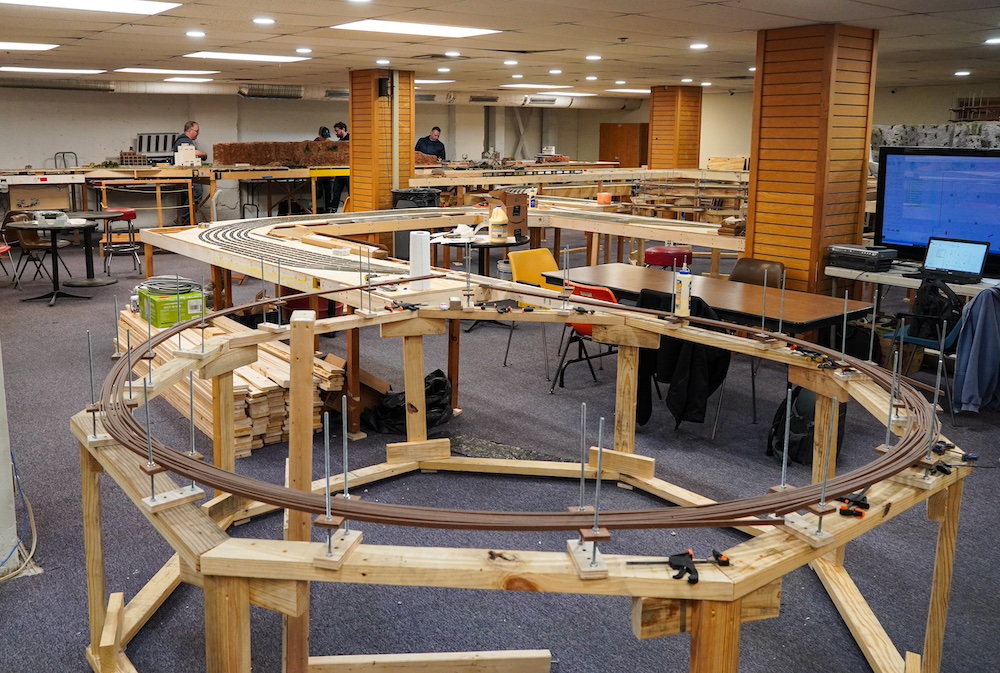
For many model railroad clubs, the word “move” can trigger stress and uncertainty. When you don’t own the space you reside in, the possibility of having to pack up and relocate is always present. The Waukesha County Gandy Dancers Model Railroad Club (WCGD), located in Waukesha, Wis., knows this feeling all too well. “No power!” […]
Read More…












